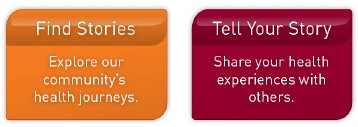Another bit from the nice outline (by “gwennis48” at the Luther I. Replogle Foundation) of key points from the presentation that Andy Goodman delivered. I’ve blogged previously about my fondness for Goodman’s Web site and company…
To build a lasting storytelling culture in your organization, identify the organization’s core stories, Goodman advises:
To build a storytelling culture, these are the stories that you need:
- the “Nature of our Challenge” story
- the “How we Started” story
- the emblematic success stories
- stories about your people; performance stories
- the “Striving-to-Improve” story
- the “Where We Are Going” story (the future)
Also on the subject of nonprofit storytelling, Kivi Leroux Miller posts on the blog Nonprofit Communications Five Questions Nonprofits Should Answer with Stories, as well as a terrific collection of great nonprofit storytelling sources.






